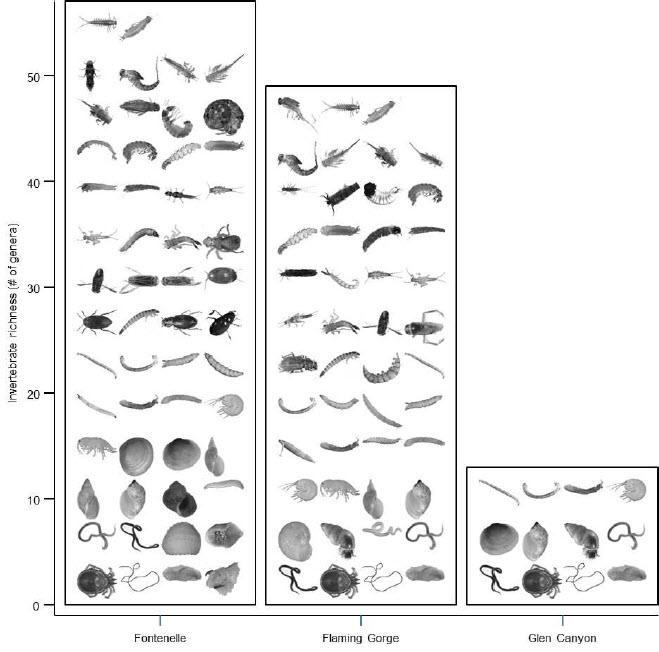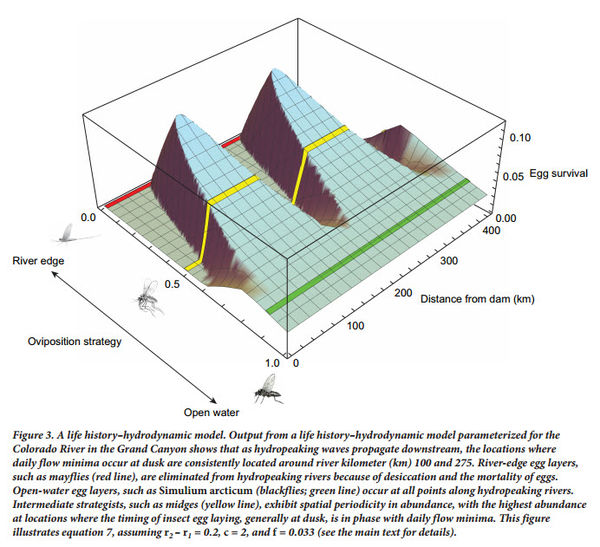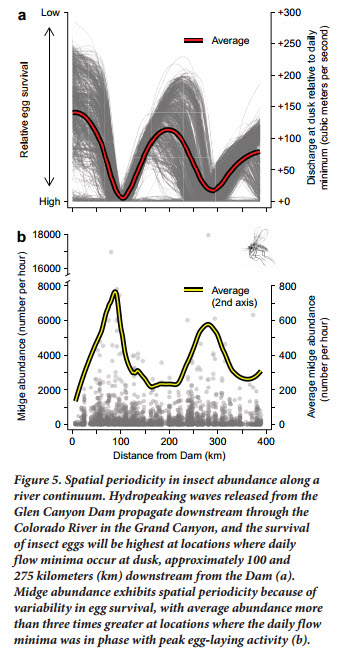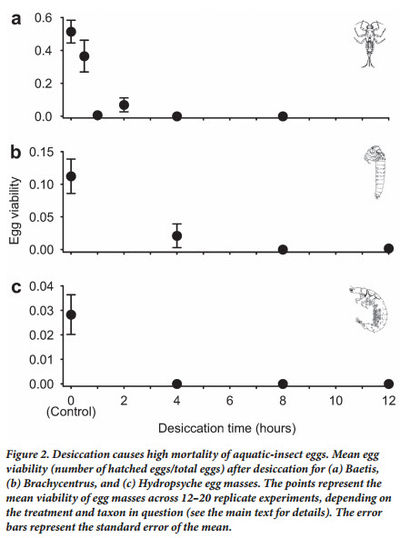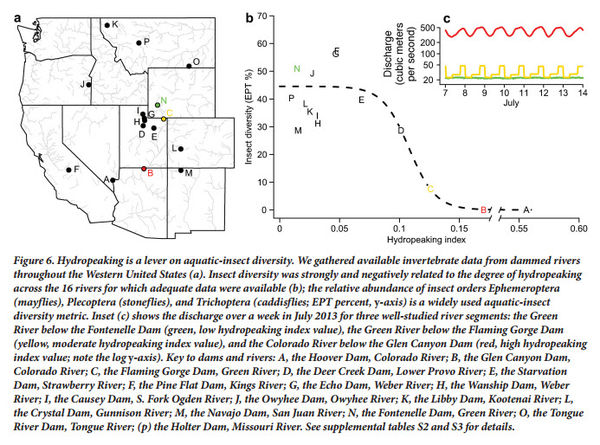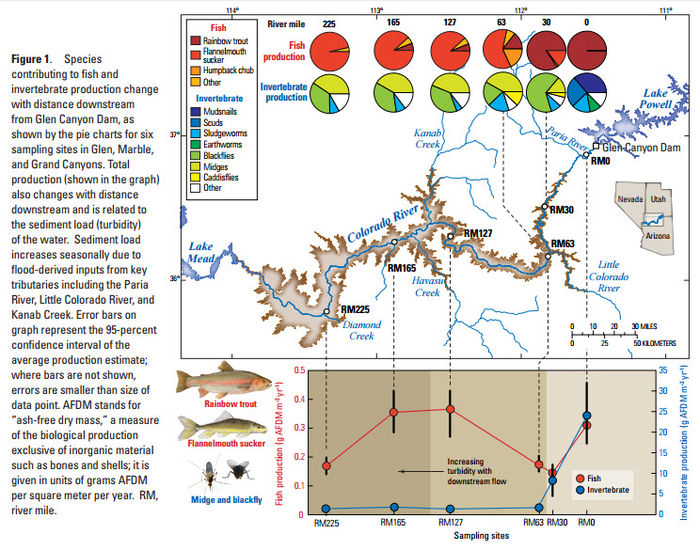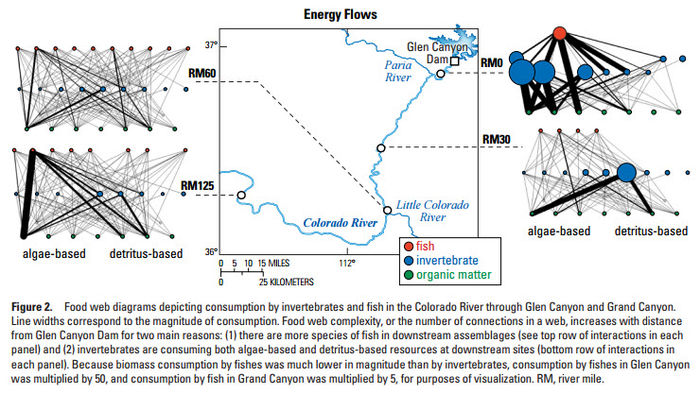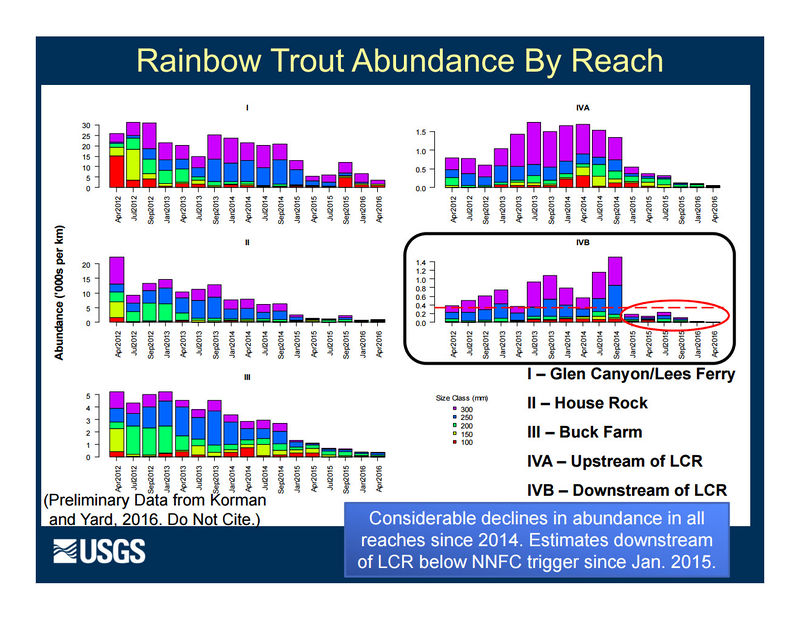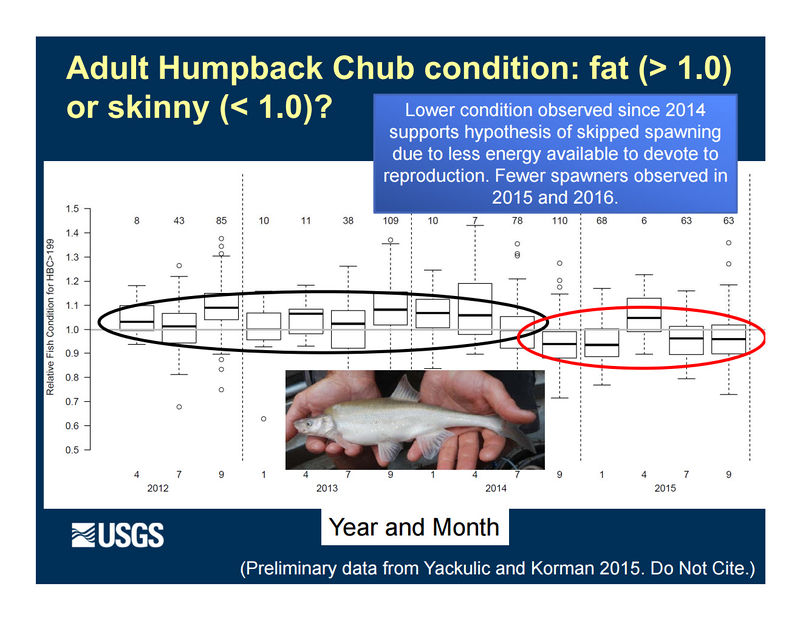Difference between revisions of "FOOD BASE"
Cellsworth (Talk | contribs) |
Cellsworth (Talk | contribs) |
||
| Line 86: | Line 86: | ||
|style="color:#000;"| | |style="color:#000;"| | ||
| + | |||
| + | |- | ||
| + | ! <h2 style="margin:0; background:#cedff2; font-size:120%; font-weight:bold; border:1px solid #a3b0bf; text-align:left; color:#000; padding:0.2em 0.4em;">2004 Foodbase PEP</h2> | ||
| + | |- | ||
| + | |style="color:#000;"| | ||
| + | |||
| + | *[http://www.usbr.gov/uc/rm/amp/twg/mtgs/05may18/Attach_08a.pdf A Review of the GCMRC Food Base Science Program by the GCD AMP Science Advisors, February 2004] | ||
| + | *[http://www.usbr.gov/uc/rm/amp/amwg/mtgs/04mar03/Attach_09b.pdf Recommended change of direction in food base monitoring, December 2003 Memo by Jeff Lovich] | ||
| + | *[https://www.usbr.gov/uc/rm/amp/twg/mtgs/04jan07/Attach_13.pdf Recommendations on a new direction for Foodbase Monitoring, GCMRC TWG presentation] | ||
| + | *[http://www.gcmrc.gov/library/reports/PEP/Anders2001.pdf Final Report of the Aquatic Protocol Evaluation Program Panel, November 28, 2001 ] | ||
|- | |- | ||
| Line 121: | Line 131: | ||
*[http://www.gcmrc.gov/about/foodbase/WellardKelley_et%20al.%202013.pdf Macroinvertebrate diets reflect tributary inputs and turbidity-driven changes in food availability in the Colorado River downstream of Glen Canyon Dam] | *[http://www.gcmrc.gov/about/foodbase/WellardKelley_et%20al.%202013.pdf Macroinvertebrate diets reflect tributary inputs and turbidity-driven changes in food availability in the Colorado River downstream of Glen Canyon Dam] | ||
*[http://www.gcmrc.gov/about/foodbase/Kennedy%20et%20al.%20FWB%20proofs.pdf Kennedy et al. 2013. The relation between invertebrate drift and two primary controls, discharge and benthic densities, in a large regulated river] | *[http://www.gcmrc.gov/about/foodbase/Kennedy%20et%20al.%20FWB%20proofs.pdf Kennedy et al. 2013. The relation between invertebrate drift and two primary controls, discharge and benthic densities, in a large regulated river] | ||
| + | *[http://www.gcmrc.gov/about/annaul_reporting/Tuesday%201_22_13/6.%20Kennedy_2013Annual%20Report.pdf Annual Reporting Meeting: Foodbase Update] | ||
'''2012''' | '''2012''' | ||
Revision as of 14:04, 23 November 2016
|
|
The Aquatic Food Base below Glen Canyon DamThe Colorado River below Glen Canyon Dam has been altered by dam-induced modifications to the river’s flow, temperature, and sediment supply. Nonnative species have also changed the natural system. Nonnative fish are thought to prey on and compete with native fish, including the endangered humpback chub (Gila cypha). These impacts have likely changed both the amount and sources of energy that fuel the aquatic food web and the flows of energy within the food web. Installation of the dam created a relatively clear, cool aquatic environment below the dam that now allows aquatic plants to capture the sun’s energy, and they in turn are now consumed by a few species, including scuds (Gammarus lacustris), midges (Family: Chironomidae), blackflies (Simulium arcticum), and New Zealand mudsnails (Potamopyrgus antipodarum). The first three species can provide food for both native and nonnative fishes, but fish cannot digest the New Zealand mudsnail. Desired Future Condition for the Aquatic Food BaseThe aquatic food base will sustainably support viable populations of desired species at all trophic levels. Assure that an adequate, diverse, productive aquatic foodbase exists for fish and other aquatic and terrestrial species that depend on those food resources. |
| --- |
 |
--- |
|---|
|
|
